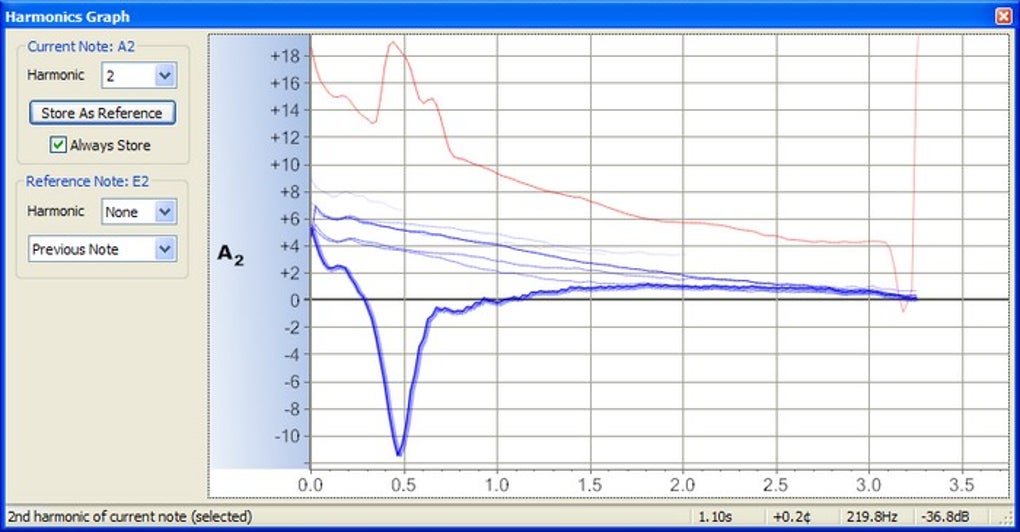

There is obviously room for improvement here. The app can switch between the low and high modes. The tinySA-App for Windows worked quite well and was used to generate the screenshots for Figs. The instructions, however, appear to be written for use with a NanoVNA, not a spectrum analyzer and unfortunately most of the tinySA settings are not available in tinySA-Saver, at least that I could see in the version tested in early January. The page also has a link to a version of tinySA-Saver based on NanoVNA-Saver that will run in Linux or Mac OS. The 320x240 pixel screen will limit measurement resolution but some early software is available for using the tinySA with a PC (opens in new tab). 2: tinySA UHF TV band display (Image credit: tinySA) AVAILABLE SOFTWARE The four stronger signals are from a site only 2.4 miles away, with one obstruction.įig. The third signal from the left (90.7 MHz) is coming from Maui, which is 94 miles away with at least one obstruction. 1 shows a screenshot of the FM band as seen at my house. The firmware includes an option to mask nearby “mirror images.” When using this to look at DTV signals in the UHF TV band I did not find images to be an issue.įig. Without the filtering, the high input is also subject to images. Since there is 100 MHz of overlap between the low and high inputs, you can use the low input to measure a signal in the overlap band and then switch it to the high input and manually adjust the level calibration to match (at that frequency). The high input also does not work with the internal level calibrator, so for calibration an external reference is needed. While the input impedance of the low input is 50 ohms if 10 dB internal attenuation is added, without an external attenuator the impedance of the high input will vary. Filters and attenuators can be obtained from RF component manufacturers like Mini Circuits and added externally. The first thing to know is there is no filtering on this input and no internal attenuation. I know many, if not most, readers will be interested in how it performs using the “free” high input that covers from 240 MHz to 950 MHz. Frequency accuracy is specified as the selected resolution bandwidth, which can be set to 3, 10, 30, 100, 300 or 600 kHz or set to “auto.” Not bad for $50.

Spur-free dynamic range is 70 dB at that resolution bandwidth. With a resolution bandwidth of 30 kHz it can detect signals down to –102 dBm. It includes a built-in level calibrator for this input and after calibration specified accuracy is +/–1 dB. The tinySA low input for frequencies below 350 MHz has filtering and adjustable attenuation in 1 dB steps between 0 dB and 31 dB. TinySA size as compared with USB tuner (Image credit: tinySA)


 0 kommentar(er)
0 kommentar(er)
